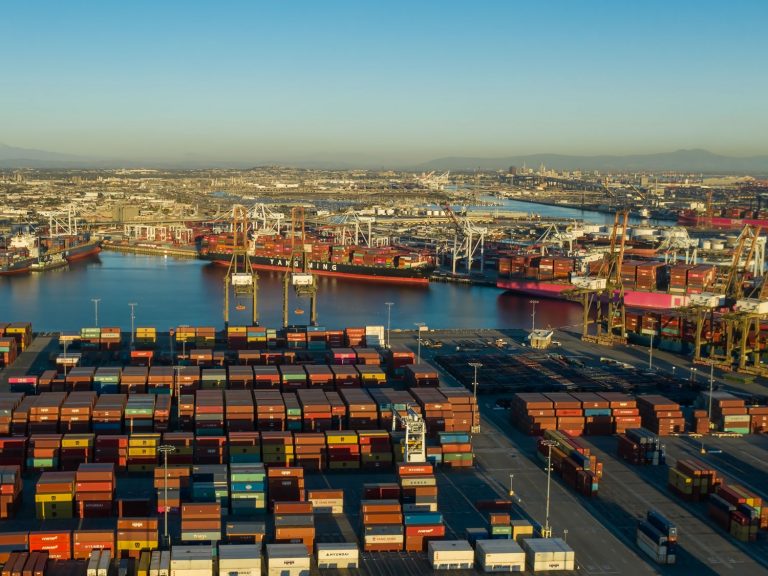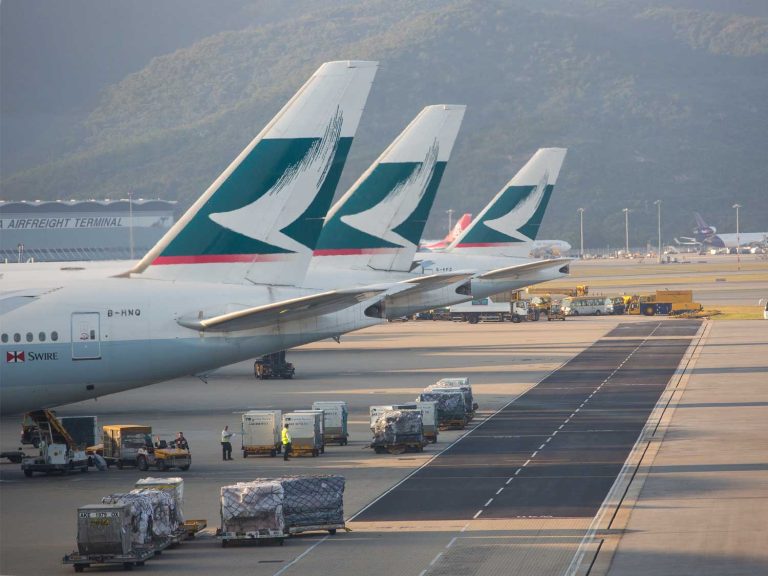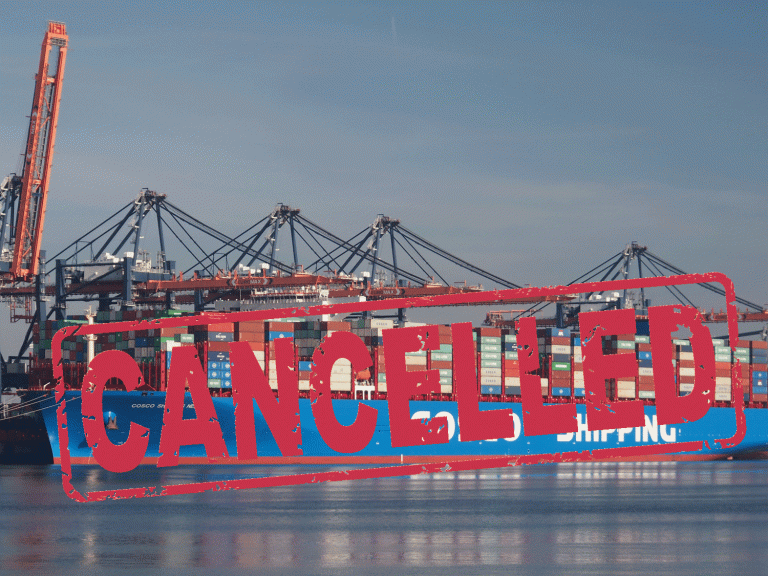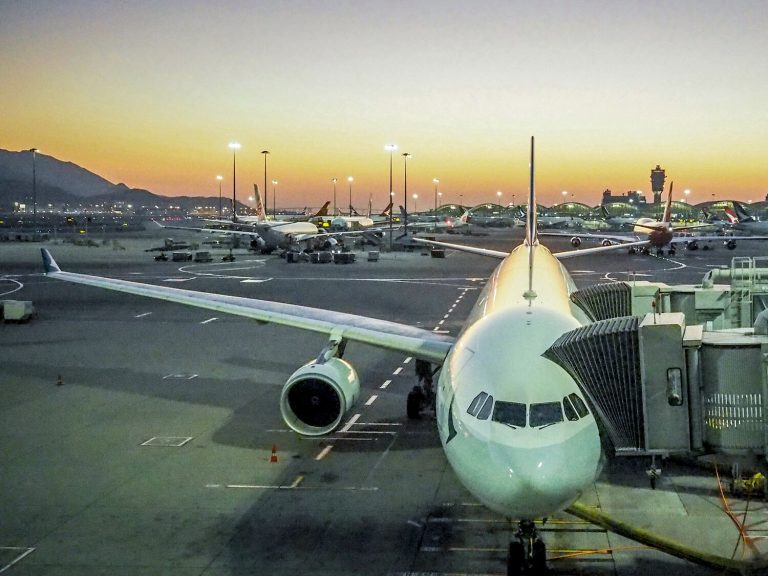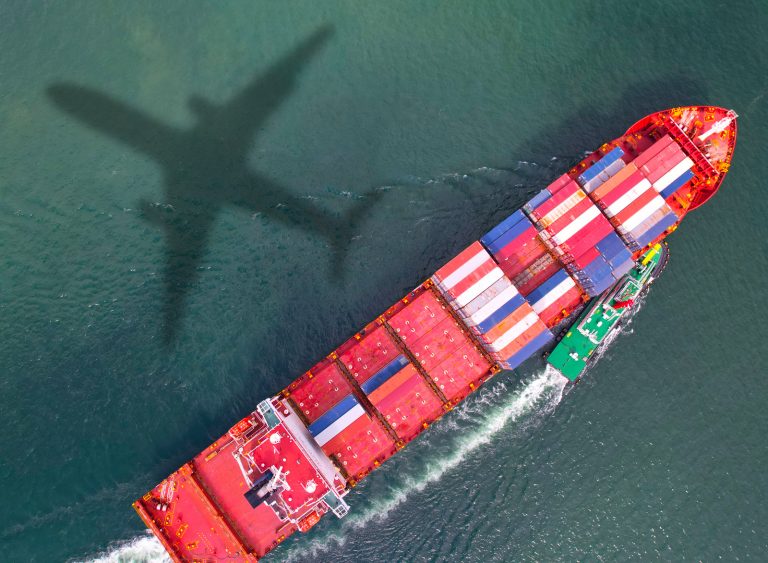Pressure Mounts on US Heavy Equipment Manufacturers
America’s machinery manufacturers have raised red flags over escalating tariff costs, reinforcing growing concern across the manufacturing sector.
With supply chains spanning the US, Europe, Mexico and China, heavy equipment manufacturers are experiencing firsthand how volatile trade policy ...
Read more Tariff Pause Triggers Early Transpacific Peak Season
The 90-day suspension of US-China tariffs has delivered a sharp jolt to transpacific ocean freight, triggering an unseasonal spike in demand and pushing spot rates up significantly.
This unexpected policy reprieve has not only created a narrow window of predictability for US importers, but als...
Read more US Port Fees on Chinese-Built Vessels
The United States Trade Representative (USTR) has finalised a revised plan to impose port fees on Chinese-built containerships calling at US ports.
This follows the reintroduction of the SHIPS for America Act, part of President Donald Trump’s broader push to revive the US shipbuilding indust...
Read more US and India Trade Deals Open Doors for UK Traders
Two landmark trade agreements with the US and India promise to reshape supply chain opportunities for UK importers and exporters. Both deals offer a mix of immediate tariff relief and long-term potential to diversify sourcing and boost exports.
The newly signed UK-US agreement has reduced US t...
Read more US-China Tariff Pause Offers Fashion Breathing Space
Fashion brands and retailers around the world have welcomed a temporary easing of tensions between the US and China, but remain wary of the wider uncertainty still gripping global supply chains.
A 90-day agreement announced on Monday May 12 will, from May 14, reduce US tariffs on Chinese goods...
Read more March Airfreight Surge Sets Stage for Further Growth as US-China Trade Tensions Ease
Airfreight markets posted a record performance in March, with particularly strong activity on Asia, US, Europe and UK trade lanes. The surge, driven by shippers front-loading cargo ahead of anticipated US tariffs, has provided a benchmark for what could follow in the months ahead as recent tariff...
Read more Trump’s Red Sea Gambit
A dramatic shift in the Red Sea shipping crisis may be underway following US President Donald Trump’s announcement that Houthi militants have agreed to halt their campaign against commercial vessels.
His declaration has sparked hopes of restored freedom of navigation through one of the world...
Read more Blanked Sailings Amid Geopolitical Shifts
Global sea freight is navigating a complex landscape marked by geopolitical tensions, fluctuating demand, and strategic capacity adjustments and while a temporary US-China tariff truce offers a glimmer of hope, challenges persist across major trade lanes.
In response to weakening demand, parti...
Read more Transpacific Air and Sea Downturns amid Capacity Volatility
As demand falters on both sides of the transpacific, container and air freight flows are facing extreme volatility, with sharp drops in bookings and vessel space coinciding with sweeping tariff changes and regulatory disruptions.
The number of blanked sailings has surged, with the share of Asi...
Read more The Rising Risks of Customs Valuation and Tariff Compliance
For importers under pressure to manage margins amid rising tariffs, compliance missteps, even unintentional ones, can trigger severe penalties, criminal sanctions, and lasting reputational damage.
Recent high-profile cases show that even the most established brands are not immune. At one major...
Read more New US Port Fees Target Chinese and Non-Chinese Carriers
New US port fees aimed at Chinese-owned and Chinese-built ships are set to begin in October 2025, challenging China's dominance in shipbuilding and shipping, while attempting to bolster the US maritime industry.
Under the new structure, Chinese ship owners and operators face charges starting a...
Read more Tariff Tensions Drive Short-Term Freight Surges and Long-Term Uncertainty
Global freight markets remain under pressure as shifting US tariff policies continue to disrupt established trade patterns, prompting divergent responses across air and sea freight markets. While immediate demand surges have driven up short-term pricing, underlying market dynamics suggest a volat...
Read more 

